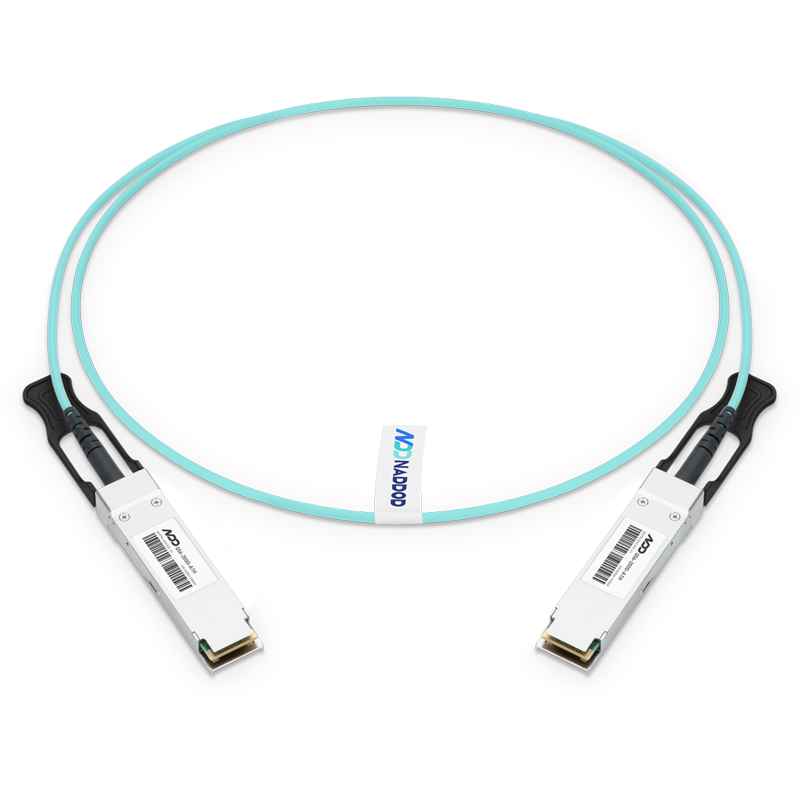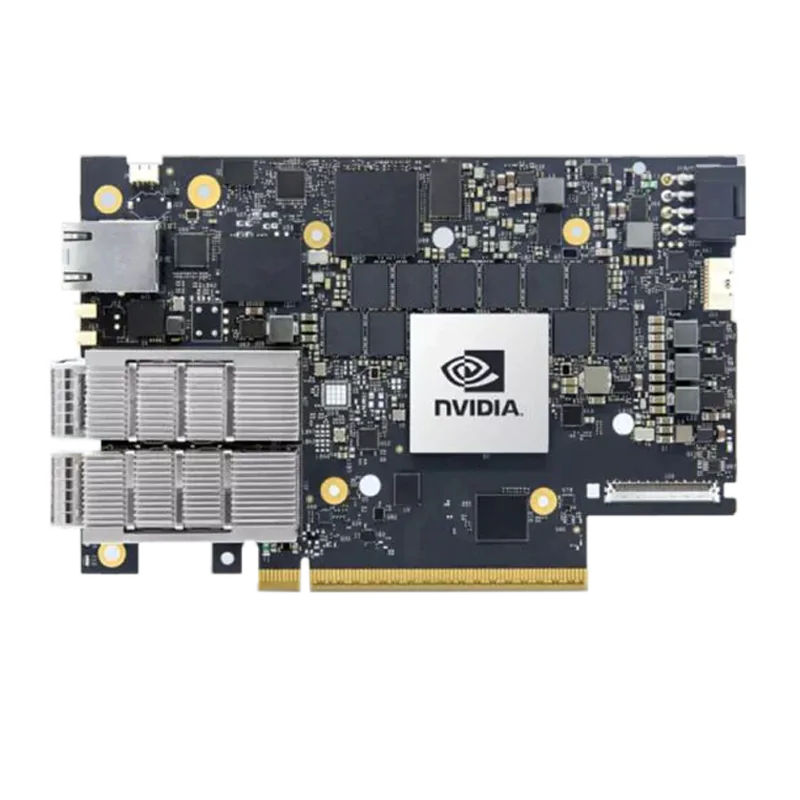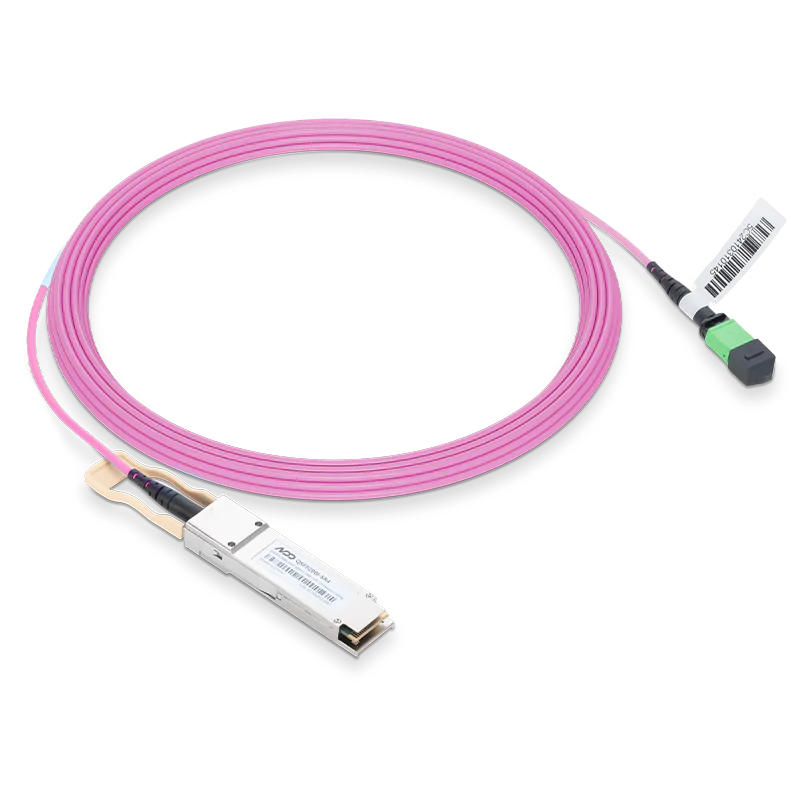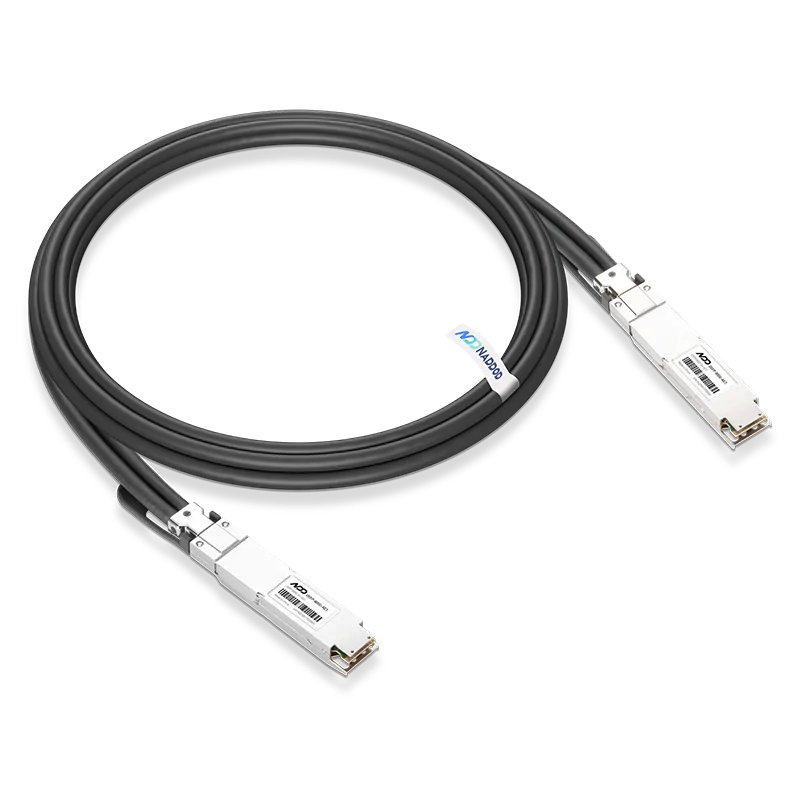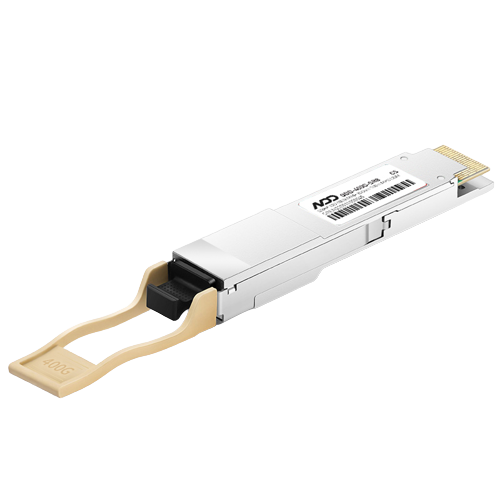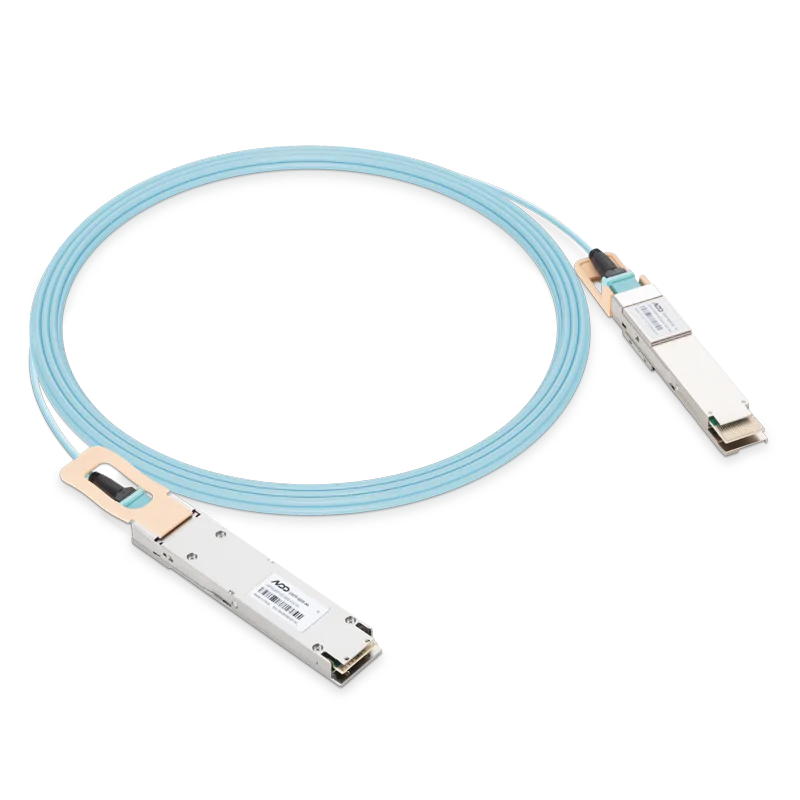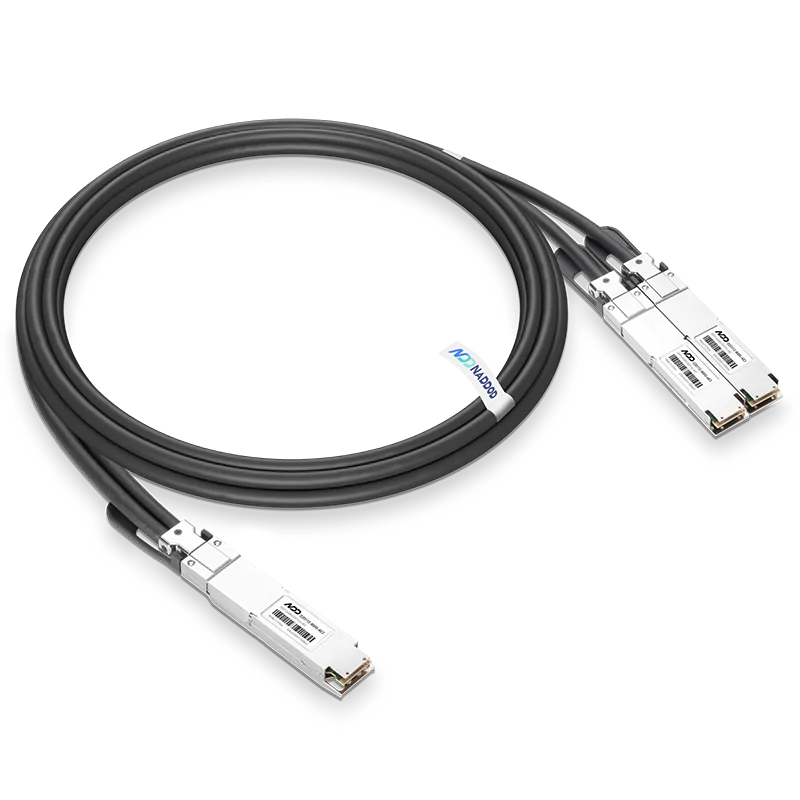Find the best fit for your network needs
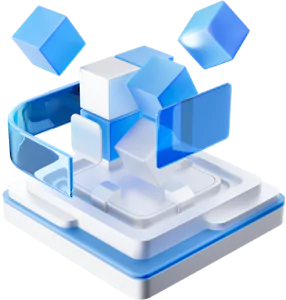
share:
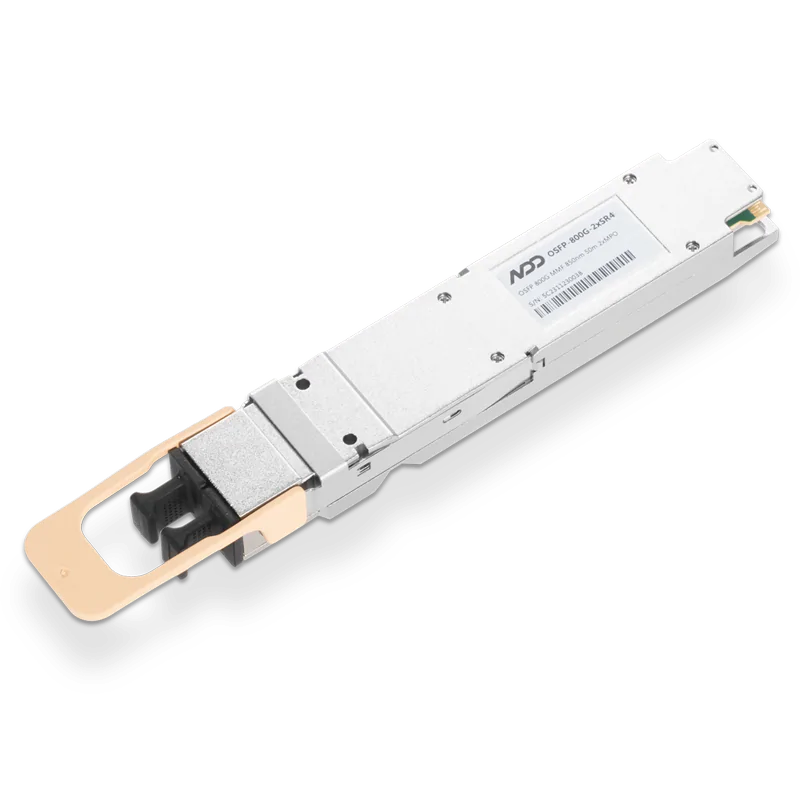 800GBASE-2xSR4 OSFP PAM4 850nm 50m MMF Module
800GBASE-2xSR4 OSFP PAM4 850nm 50m MMF ModuleLearn More
Popular
- 1400G Coherent Optics: Breaking Through Bandwidth and Distance Barriers in DCI and MAN
- 2Silicon Photonics for AI - Balancing Cost, Power, and Reliability
- 3NADDOD 400G QSFP-DD Coherent Modules: A Deep Dive
- 4Broadcom's Tomahawk Ultra: New Chip for Scale-up Ethernet
- 5Technical Analysis of GB300 Liquid Cooling





